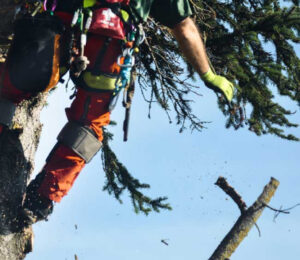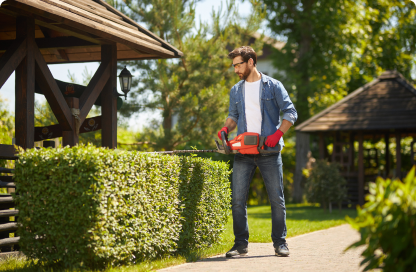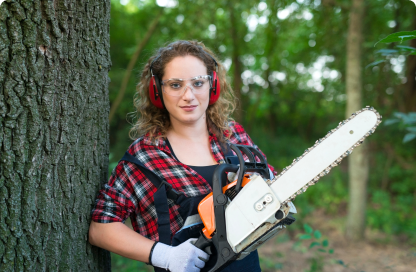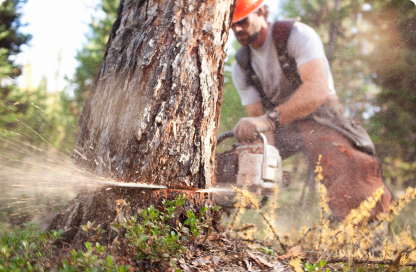As cities grow, green spaces are shrinking, leading to increased pollution, rising temperatures, and decreased biodiversity. Urban trees are a powerful solution to these challenges. They improve air quality by absorbing pollutants, provide shade to combat the urban heat island effect, and enhance mental well-being by creating calm, natural environments. Trees also help manage stormwater runoff, reducing the risk of floods in densely populated areas. This blog post explores the critical role of urban trees, supported by research and real-world examples of cities that have successfully integrated greenery into their landscapes. We’ll also discuss how individuals, businesses, and communities can participate in tree-planting initiatives to make urban spaces more sustainable and livable.
This blog post explores the vital role of urban trees in making cities healthier and more livable. We’ll highlight research-backed benefits, real-world examples of cities that have successfully integrated urban greenery, and actionable ways individuals, businesses, and communities can contribute to tree-planting initiatives. Whether it’s through rooftop gardens, street tree programs, or community-led green projects, every effort counts in making urban environments more sustainable.


Beyond environmental benefits, urban trees also offer economic and social advantages. Research shows that green spaces increase property values, attract businesses, and encourage outdoor recreation, leading to a healthier and more connected community. Governments and city planners worldwide are recognizing the importance of urban forestry, implementing policies that promote tree planting in parks, streets, and residential areas.


